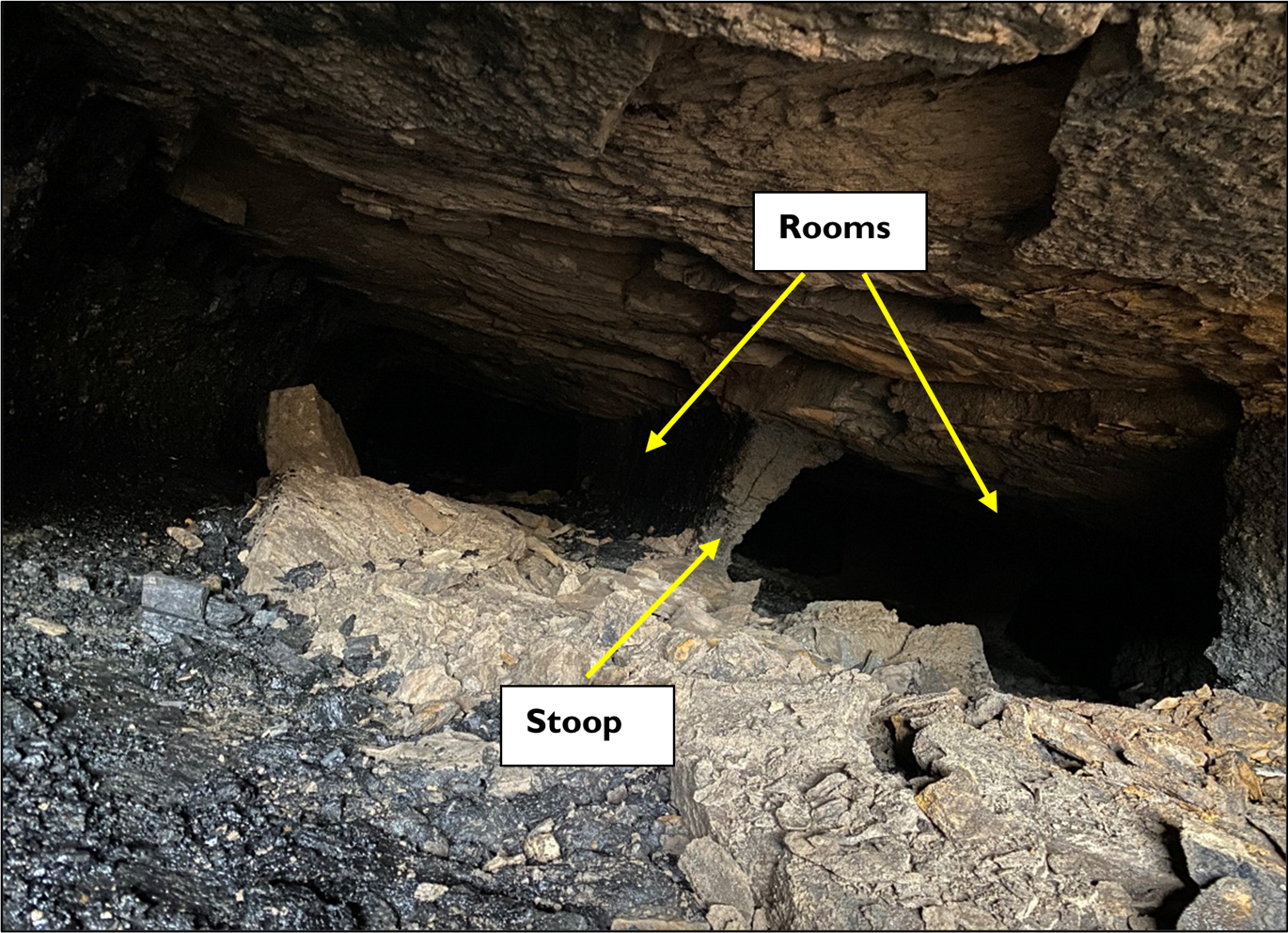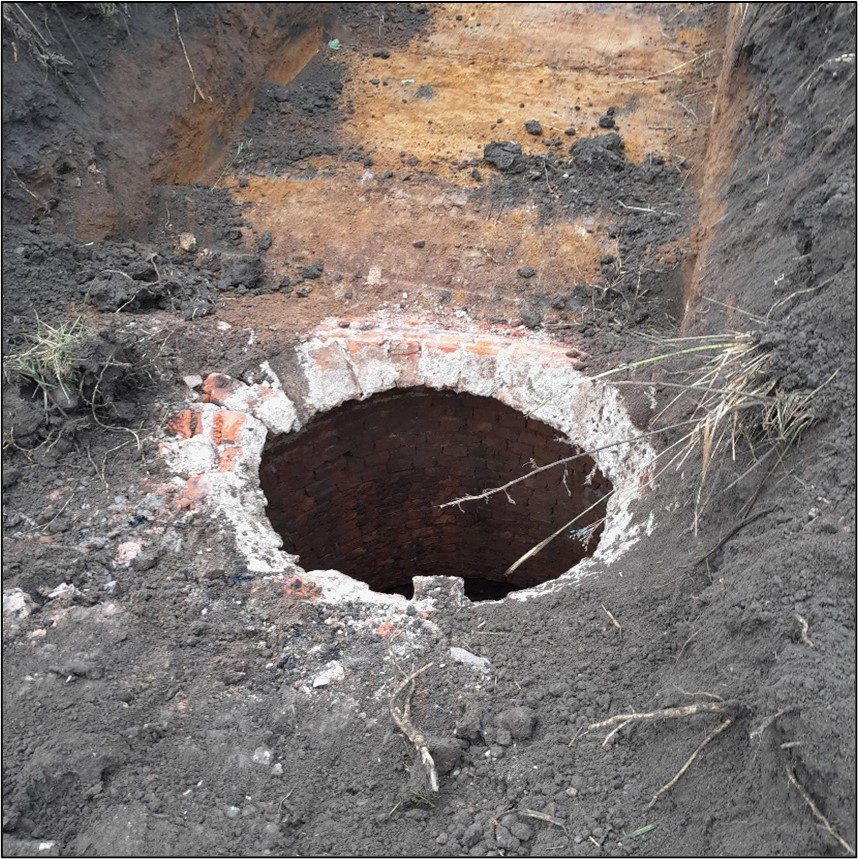Mason Evans – Abandoned Mineworkings
In this blog Lindsay Reid, Associate at Mason Evans looks into Abandoned Mineworkings and the impact these have on development in Scotland.
The central belt of Scotland has a long history of coal mining, which today, presents a significant impact on new development sites, threatens existing properties and presents a restriction to the beneficial use of land. However, this mining legacy makes our job here at Mason Evans that bit more interesting and has led us to become specialists in the field.
Mining is essentially the extraction of valuable minerals, or other geological materials, from the Earth, usually for re-use as a commodity e.g., coal being utilised to generate electricity. While there are many minerals that can be mined, and by various mining methods, our main focus here in Scotland is typically the underground extraction of coal, limestone, ironstone, oil shale, sandstone and fireclay.
Underground mining techniques
Underground mining in Scotland can then generally be further categorised as variations on two different techniques:
- Longwall system of extraction where extraction was virtually total with the seam face accessed via supported roadways. In the areas from which the seam has already been removed, the roof was generally allowed to collapse behind the face, or was partially supported by spoil or ‘waste’ deposited in the works. While the working would be generally closed on abandonment with the withdrawal of roof supports, roads would be expected to remain open and artificially supported long after the operations had ceased.
- ‘Stoop and Room’ (or the pillar and stall method as it is known in England) where partial extraction of the mineral was conducted, with the seam recovered from ‘rooms’, with the roof supported by retained ‘stoops’ or pillars of the mineral. Normally at least 50% of the seam would remain intact as ‘stoops’ within the mine, but occasionally higher levels of extraction took place due to favourable geological conditions, or as a result of poorer controls on the mine management and safety. Often ‘stoops’ were removed on abandonment of the mine in a practice commonly known as ‘stooping’ or ‘pillar robbing’.

Gilmerton, Edinburgh – The ‘stoop and room’ method of extraction
Underground mineworkings were usually accessed by a vertical or inclined shafts (adit), driven from the surface to the level of the target seam, or in some instances to the level of multiple seams. Shafts, which are vertical or near vertical entrances that give access to a coal mine, are more commonly observed in the Central Belt, and were generally brick or stone lined, but not always, and sometimes had a timber or brick/stone surround at the surface. Generally, once the mine had been abandoned, shafts were backfilled (with coal wastes) or on occasions were left open as an open void.

Brunstane, Edinburgh – historic mine shaft (brick lined) which has been left as an open void
It is the presence of these underground voids, created through the method of mining or from the access to the mine itself (i.e. shafts), which presents the biggest risk to development today, as former abandoned mineworkings are prone to collapse, thus presenting a potential risk to surface instability.
Site Investigations
As geo-environmental consultants, it is our job to determine if any former abandoned mineworkings lie within critical depths of the surface and/or if there are any mine entries present within the site which could represent a potential constraint to any proposed development. These interpretations are aided by comprehensive Phase 2 site investigations, which usually involve a programme of rotary drilling to confirm the depth to any potential workings beneath the site and to confirm the depth and diameter of any mine entries identified to be presented within the proposed development site boundary.
If following Phase 2 site investigations a surface instability risk has been identified, the stabilisation of former mineworkings and mine entries is undertaken to mitigate potential surface instability risks.
The stabilisation of underground former mineworkings and mine entries is largely effected through the drilling of holes in a grid fashion across a target area to the level of the target seam(s), to allow the introduction of a cementitious grout mix. The grout mix is pumped to the level of the former mineworkings to fill voids and bind any mining waste and/or collapsed debris within the former mineworkings. Our role as geo-environmental consultants is to design, implement, supervise and sign off on the necessary stabilisation measures to mitigate the identified risks and allow development to proceed.
Not only do abandoned mineworkings create a potential surface instability risk, there can also be a build-up of dangerous gases such as carbon dioxide (CO2) or methane (CH4) within former workings which could potentially migrate to the surface and present a risk to sensitive receptors such as maintenance personnel or future site end-users. As such, Mason Evans also carry out detailed ground gas risk assessments, to confirm or otherwise, if mine gases, potentially sourced from former abandoned mineworkings, are migrating to the surface at elevated concentrations. If such, risk are identified, gas protection measures will be required within the future development to mitigate against such risks.
Again, Mason Evans are usually involved in the design of ground gas protection measures and also provide verification, on behalf of our Clients, to ensure that the installation of any ground gas protection measures have been carried out in accordance with current guidance.
Therefore, in conclusion, whilst past mining activities have left a legacy which can significantly impact on proposed development sites, it is this legacy which provides much of the work to us here at Mason Evans and makes every proposed development unique in overcoming the challenges of past mining activities.
To find out about the full range of services from Mason Evans visit their website.